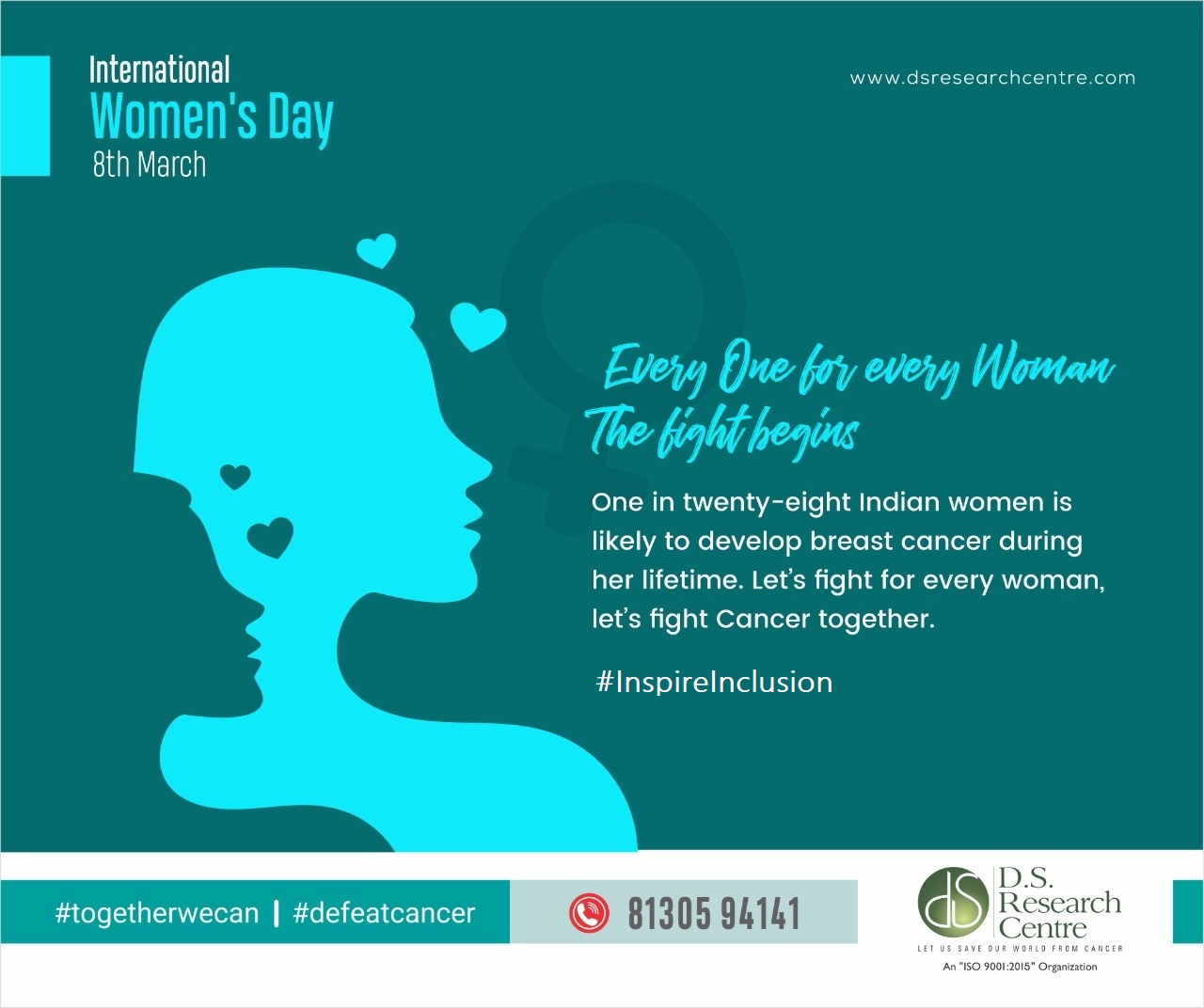|
CERVICAL
CANCER
|
BREAST
CANCER
|
|
•
Smoking & alcohol intake
•
Weakened immune system
•
Several pregnancies
•
Giving birth at a very young age
•
Unsupervised long-term use of the
contraceptive.
•
Family history
•
HPV infection
•
Unhygienic conditions
|
•
Genetic risk factors
•
Family history & personal
history of breast cancer
•
Irregular Menstrual Cycle
•
Dense breasts tissue
•
Breast radiation early in life
•
Not having children or having them
later in life, not breastfeeding
•
Certain kinds of birth control,
using hormone therapy after menopause
•
Being overweight or obese
•
Addiction:- Tobacco, Alcohol
|
CERVICAL
CANCER SCREENING:-
The goal of screening for cervical
cancer is to find precancerous changes at Cervix, often cancer is found during
cervical screening, even though the signs haven’t developed, this early
detection improves the survival chances. Cervical Cancer Screening is done in
multiple steps.
•
The human papillomavirus (HPV) test
is done to check infection of HPV, if high risk type, then it might cause
cervical cancer.
•
The Pap test also called a Pap smear
or cervical cytology. Here a layer cervical cells are collected and studied to
find conditions that may be cancer, infection related inflammation.
•
The HPV/Pap a combined test which
uses an HPV test and Pap test together to check for both high-risk HPV and
cervical cell changes.
•
Pelvic ultrasound
•
CT (computerized tomography) scan
•
MRI (magnetic resonance imaging
scan)
•
Biopsy
BREAST
CANCER SCREENING:-
The major role is played by Self
Breast Examination by women, any lump in breast or in axilla is considered with
suspicion, which is followed by further screening tests, such as:-
•
Clinical Breast Examination
•
Mammography, the most common
screening test for breast cancer.
•
Ultrasound: use of ultrasonic sound
waves to produce an image of the tissue
•
Magnetic resonance imaging (MRI)
•
Biopsy, collection of a small amount
of breast tissue for testing.
•
Thermography
•
Tissue sampling
The weightiest message is the
importance of early detection. Regular breast self-exams, clinical breast
exams, and mammograms can help detect breast cancer at an early and treatable
stage. Women should adhere to screening guidelines as recommended.

While the incidence of cervical
cancer is expected to drop by 2040, because of HPV vaccination drive which has
been a major cause of cervical cancer. In women Cervical Cancer & Breast
Cancer has been a leading cause of death, but awareness of the disease plays a significant
role in prevention & early detection, thus saving many lives. D. S. Research Centre carries a long
history of providing dedicated care support to Cancer patients with complete
empathy, creating awareness about Cancer on different platforms, with a strong
intend to carry on for near & distant future.








Posted on April 15, 2016
Posted on April 15, 2016